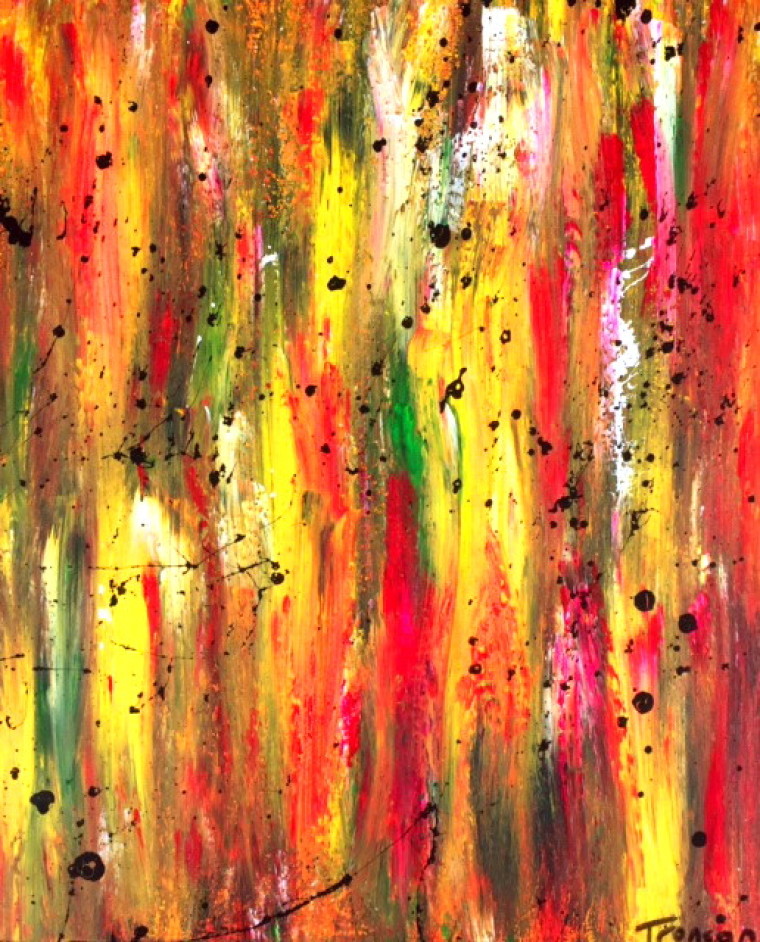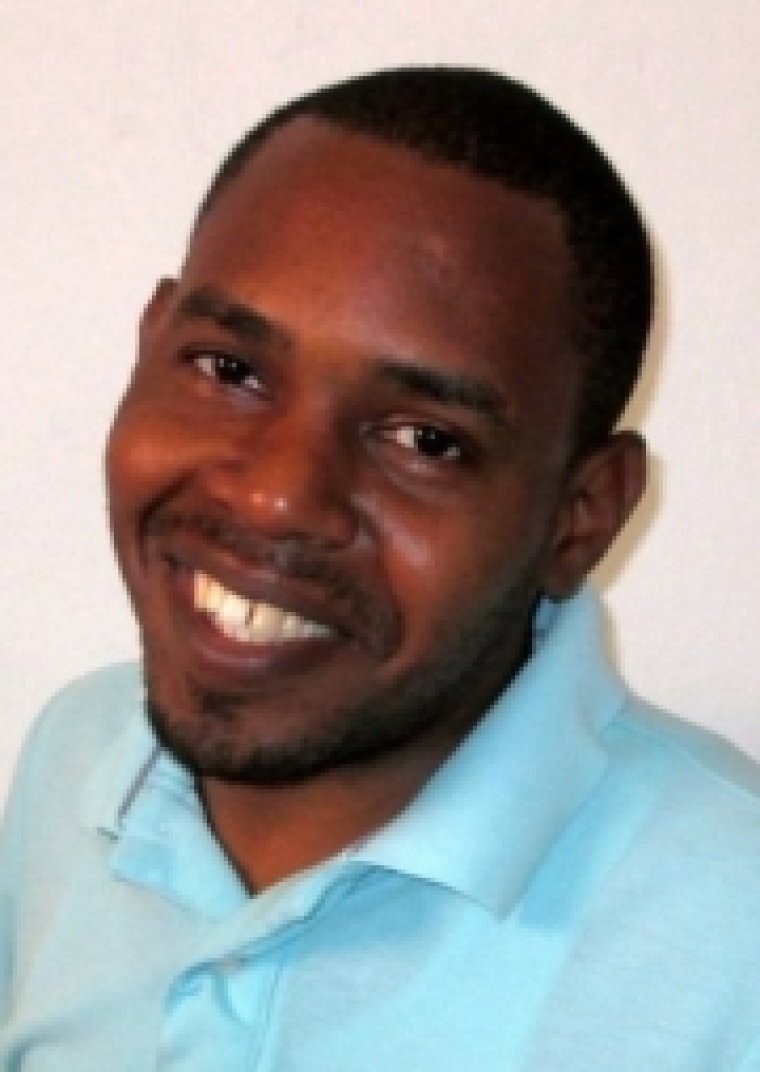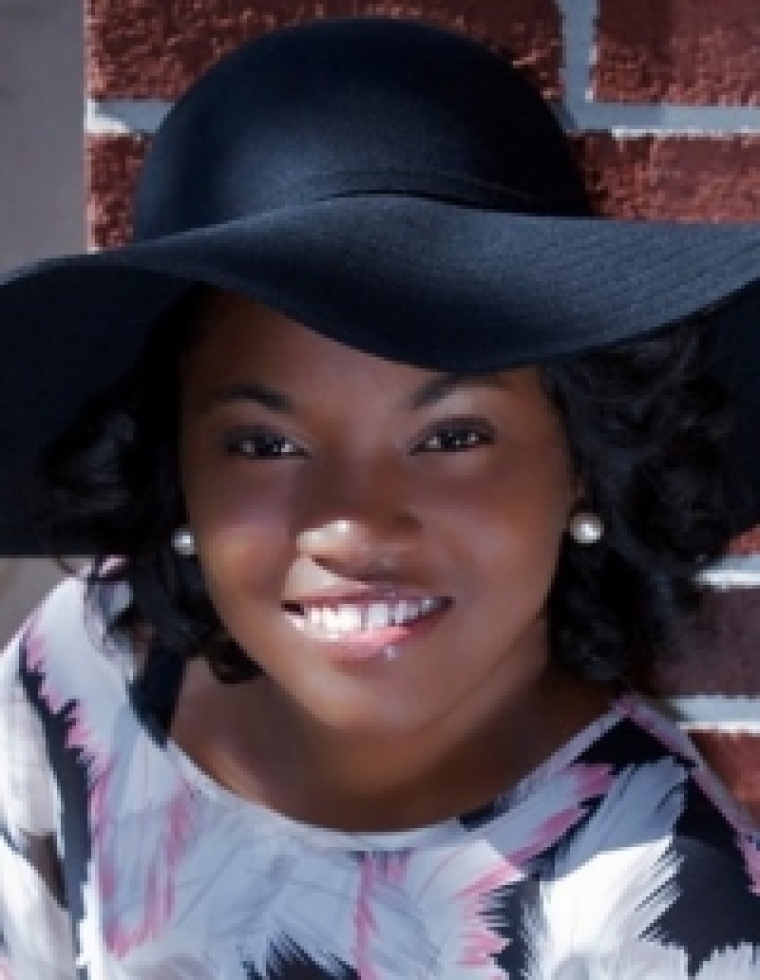

Scientists need to be able to communicate their results to the general society, otherwise their work will not be effectively used. Education in STEM subjects is not enough; better communication in "Plain English" is also important.
Proverbs chapter16, verse 2 explains it best: "The heart of the wise makes his speech judicious and adds persuasiveness to his lips."
We are all fascinated by people who do communicate science effectively – even those in ancient civilisations, such as Pliny the Elder, were popular in their time. In more recent history, a few science super-stars who come to mind are: Humphry Davy in the 1700s in England, followed by his protege Michael Faraday who started the Christmas lectures of the Royal Society (which continue to this day).
Professor Julius Sumner Miller who made the question "why is it so" famous in my youth; Carl Sagan of the 1970s and 80s; and nowadays David Attenborough (still going in his 90s), Robyn Williams (ABC Science Show), Dr Norman Swan (The Health Report), Dr Karl, the whole cast of the TV show "Catalyst", and the English astronomer Brian Cox.

Australian "Top 5 under 40" science communication competition
But what about your ordinary scientists, working away in their laboratory or in the field or developing new instruments and methodologies? Who gets to hear about their day-to-day work and the little tiny discoveries they make, that add to the whole development of our modern society?
It is now being realised that these scientists themselves need to speak up – and moreover, they need a way for us to hear their voices.
Right now, this minute, in Austalia applications are invited for the "Top 5 Under 40" science communicators. The competition is sponsored by ABC Radio National (RN) and the University of New South Wales (UNSW). The ten most promising candidates will be shortlisted for interviews, and the top 5 winners will undertake a 2-week training course in the studios of ABC RN.
Fran Kelly, presenter of ABC RN 'Breakfast', commented that the atmosphere in the studio was changed after last year's residential workshop when, she said, "there were all these scientists running around for two weeks".
The research of the 2015 winners covered studying spiders' response to wounds, using open source protocols for sharing research into malaria drugs, using animals to help people recover from trauma, astronomy, and building biological structures by using DNA – strand by strand.
If you know people working or studying in STEM fields, who are under 40 years old, please show them this information.
Application page https://www.unsw.edu.au/top5under40
Communicating across the world
All over the world the importance of adequate, accurate (and perhaps amusing) communications in science by the practitioners themselves is being encouraged.
"FameLab" is an annual world-wide quest supported by the British Council, which aims to find the best science communicator across 20 countries. There was a NSW semi-final in Sydney on April 8th, where 12 contestants gave a 3-minute "pitch" of their research. http://www.abc.net.au/pm/content/2016/s4439756.htm
One of the finalists was Prue Armstrong whose research involves determining the odour of decomposing bodies in order to help search and rescue teams locate victims and survivors after mass disasters. It takes a talented communicator to make that sound useful and attractive, in three minutes! Prue says "There's almost no point in doing the research if you can't talk about it to other people, because that's how not only do you get grants, but it's also about how you let the general public know."

Science makes sporting headlines – a symbol on a swim cap
As a long-term follower of sports as well as education and science, I wish our scientists were given the same headline space as our sporting, music or film stars. I am pleased to report that this has recently happened.
Our latest swimming super-star and Olympic hopeful, Cameron McEvoy, has a day job as a student of astro-physics. Still wet and panting from his amazing record-breaking efforts at the National Swimming Titles, after having won the 50-metre freestyle, adding this gold medal to his 100 and 200-metre victories to become the first man to complete the hat-trick in 34 years, he was interviewed by the press.
Instead of talking about training regimes, diet or split times, he chose to explain the importance of the recent discovery of gravity waves by a huge collaboration of international scientists and some seriously sensitive equipment.
He reminded us that Albert Einstein predicted these tiny pertubations in space, 100 years ago, from his methodical theories and accurate mathematics. It is only now that they have been confirmed by experiment, epitomising the long-term and persistent nature of science and maths, and the importance of not giving up (in an analogy with sports training).
I give a High Five to Cameron McEvoy, who wears the symbol of the discovery of these waves on his swim cap. Maybe it represents a new era of science communication.

Dr Mark Tronson is a Baptist minister (retired) who served as the Australian cricket team chaplain for 17 years (2000 ret) and established Life After Cricket in 2001. He was recognised by the Olympic Ministry Medal in 2009 presented by Carl Lewis Olympian of the Century. He mentors young writers and has written 24 books, and enjoys writing. He is married to Delma, with four adult children and grand-children.
Mark Tronson's archive of articles can be viewed at http://www.pressserviceinternational.org/mark-tronson.html
